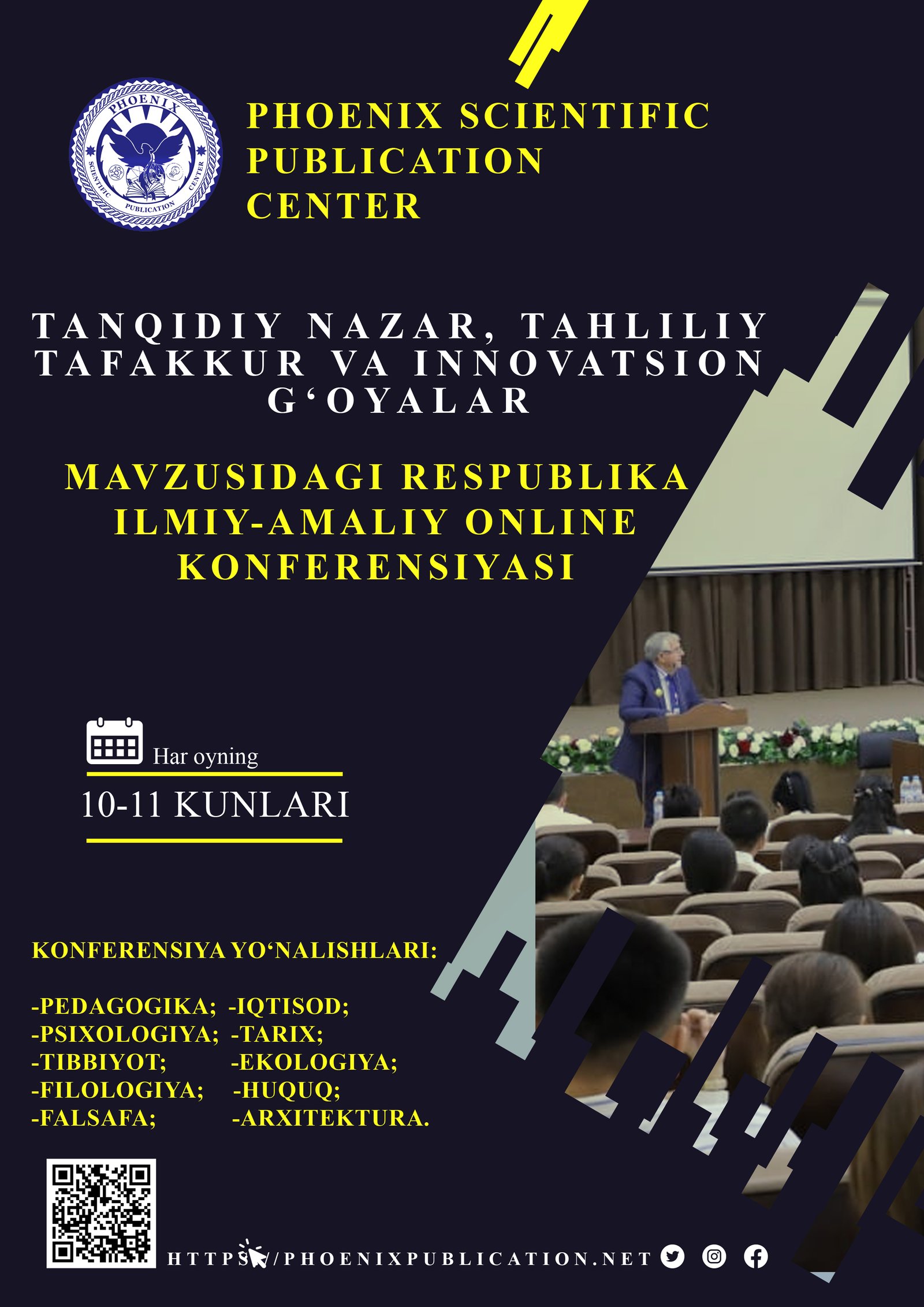Abstract
Close reading is a method of detailed textual analysis that plays a significant role in fostering critical thinking skills. This paper explores the relationship between close reading and critical thinking, examining how close reading encourages analytical thinking, inference, evidence-based reasoning, and reflection. Through a review of relevant literature and an analysis of practical applications, this study highlights the importance of close reading in academic and real-world contexts. Findings suggest that implementing close reading strategies can enhance comprehension and cognitive skills, ultimately contributing to a more informed and reflective society.
References
1. Adler, M. J. (1982). The Paideia Proposal: An Educational Manifesto. Macmillan.
2. Beers, K., & Probst, R. (2017). Disrupting Thinking: Why How We Read Matters. Scholastic.
3. Brummett, B. (2018). Techniques of Close Reading. SAGE Publications.
4. Fisher, D., & Frey, N. (2014). Close Reading and Writing from Sources. International Reading Association.
5. Gee, J. P. (2015). Literacy and Education. Routledge.
6. Paul, R., & Elder, L. (2019). Critical Thinking: Tools for Taking Charge of Your Learning and Your Life. Pearson.
7. Rosenblatt, L. M. (1994). The Reader, the Text, the Poem: The Transactional Theory of the Literary Work. Southern Illinois University Press.
8. Shanahan, T. (2013). The Common Core: Close Reading. American Educator, 37(1), 4-11.
9. Wineburg, S. (2001). Historical Thinking and Other Unnatural Acts: Charting the Future of Teaching the Past. Temple University Press.
